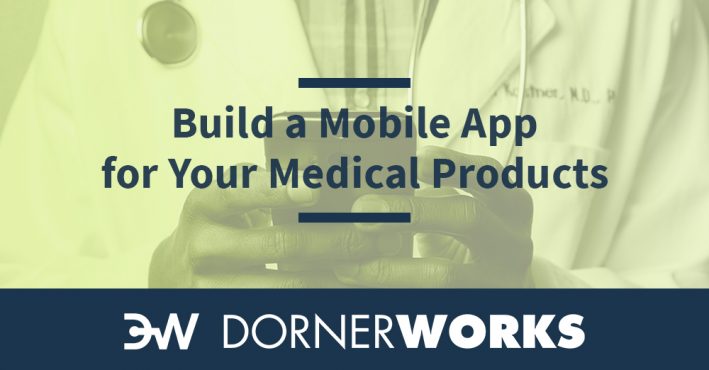
If you’re building an electromedical product there are some strong reasons to consider building a companion mobile application for the end user or medical professional. Whether it be wearables like heart rate monitors, home-use monitoring devices like blood pressure cuffs or maybe something as cutting edge as a prosthetic that can be controlled by muscle contractions, an app can give your users great value.
In this article we’ll take a look at some of the top reasons you should consider an app.

Smartphone usage is pretty ubiquitous these days. And to have an app with your brand on someone’s phone is to stake a small claim of relevance. Beyond all the more tangible benefits which follow this below, having your company’s logo and name on a screen that consumers spend considerable time looking at provides a great deal of free brand marketing. There is also a subtle implication that by having an app your brand is relevant, continuing to innovate and successful in keeping up with technology (but it must be done well, of course, as a poorly designed app may have the opposite effect).

Most apps have some sort of registration process where the consumer must enter a bit about themselves, minimally an email address and password, and there is an opportunity in this. While you do have to be mindful of collecting Personally Identifiable Information (PII) because of the liability incurred (and HIPPA considerations), there are some great benefits to having some basic contact information from your customers: You can stay in touch! Sending a relevant email about product usage, pro tips or new product announcements can be valuable to your customers and helps your company market new offerings or provide better product experiences.

Many electromedical products, just as the wider connected consumer product space, have some sort of configuration or setup process. This setup may be easy or quite involved depending on a number of factors, but having a screen that can display graphics and receive touch feedback ostensibly makes this onboarding experience better. With a smartphone app to accompany your product, you can build, simplify and streamline arguably the most important customer experience in a product’s lifecycle: provisioning. Screenless devices or those with limited user input options will struggle to help users overcome the challenges that come with even moderately difficult setup procedures.
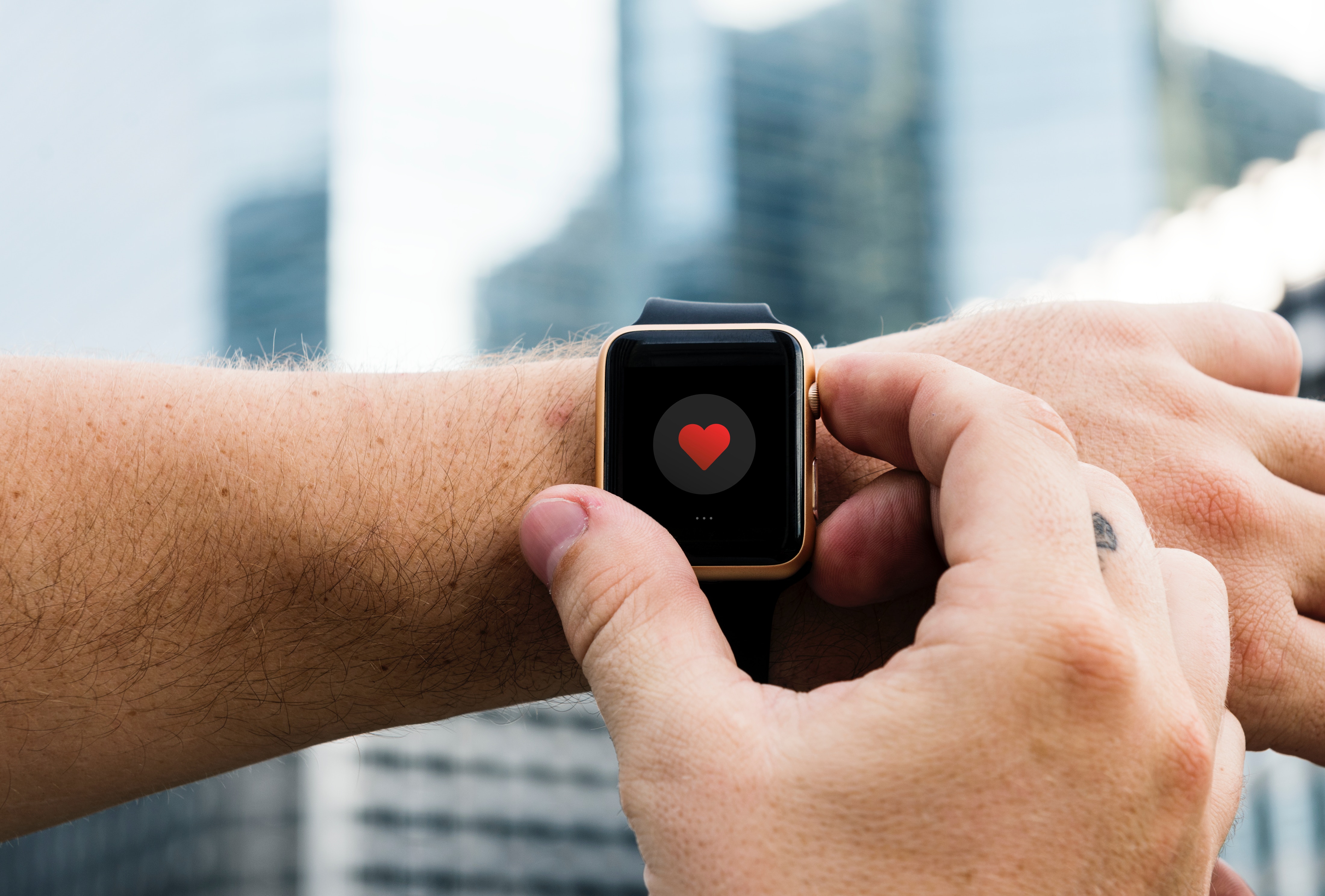
It was briefly alluded to in the previous section, but it may be helpful to think of the smartphone’s user interface as extension to that provided by the medical device itself, but without the related engineering costs needed to embedded it into the product. There is an opportunity to provide an exceptionally better experience – more intuitive control, detailed configuration options, better data visualization – to the end user through the high-quality touch displays available in phones today. Push notifications, those app-based alerts that you get on your smartphone, would also extend the alerting capability of your medical device beyond what is possible with embedded electronics.

Building an app for an electromedical device also provides an opportunity to use the smartphone’s sensors to augment those in the product. The product may not need an accelerometer or movement input for it’s core feature set, but there may be value in using the one in phone. This may also be true for user location (GPS), cameras, microphones, Bluetooth beacon detection, barometric pressure, etc. What consumer value or medical insights might the product provide with all of these inputs? And if you made an app required for your device, what sensors could you remove from the device’s Bill of Materials (BOM)?
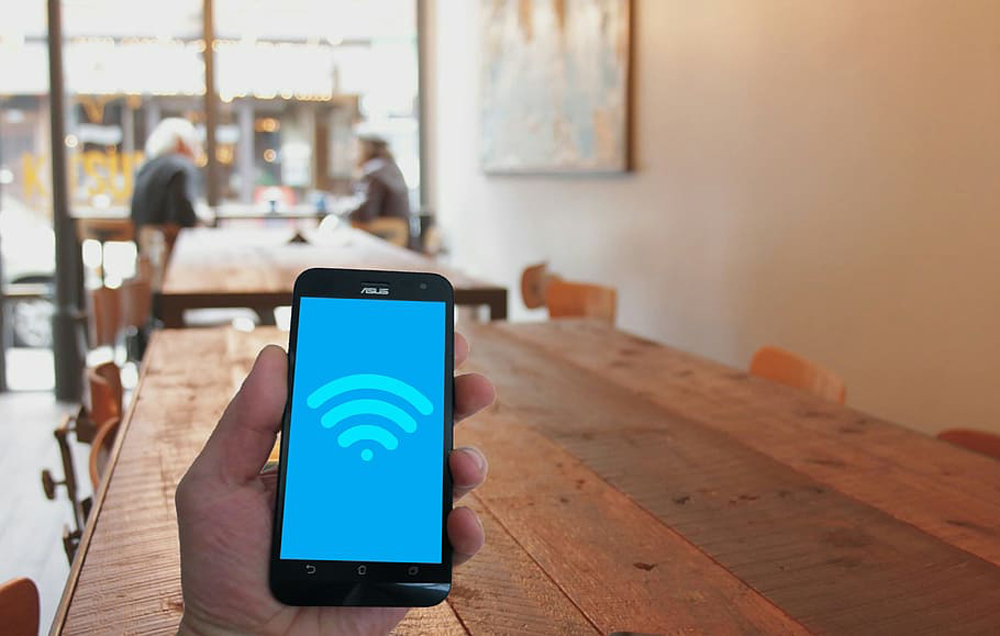
Not every device must have direct internet access. In fact, it may be prudent from a cybersecurity risk perspective to intentionally not make that an option. There are some benefits to being internet-connected, however, and herein lies additional value a mobile app could provide. The smartphone’s internet connectivity – through Wi-Fi, 4G or even 5G now – could work as a proxy for electromedical devices. For instance, providing an Over the Air (OTA) firmware update option to a product may not add enough value to justify direct internet connectivity, but providing a safe and secure way to do this through your smartphone may be just what the doctor ordered.
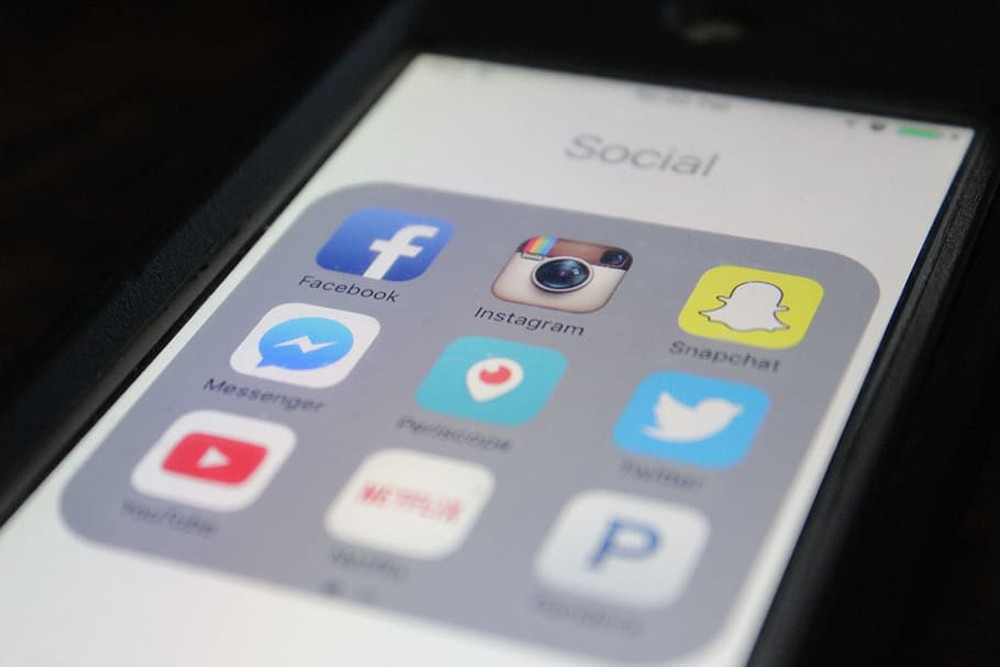
Providing a medical app opens a door wider into possible integrations. You could, for instance, allow a user to connect their social media account so they can share health goals and progress. Integration with other health and medical related products and services would provide a means to both send and receive relevant data. Imagine giving an endocrinologist access to raw, real-time blood sugar measurements. Apple’s HealthKit and Android’s Google Fit provide an integration point for sharing medical data among apps and providers, giving the consumer additional value through a central aggregation point for health and medical data.
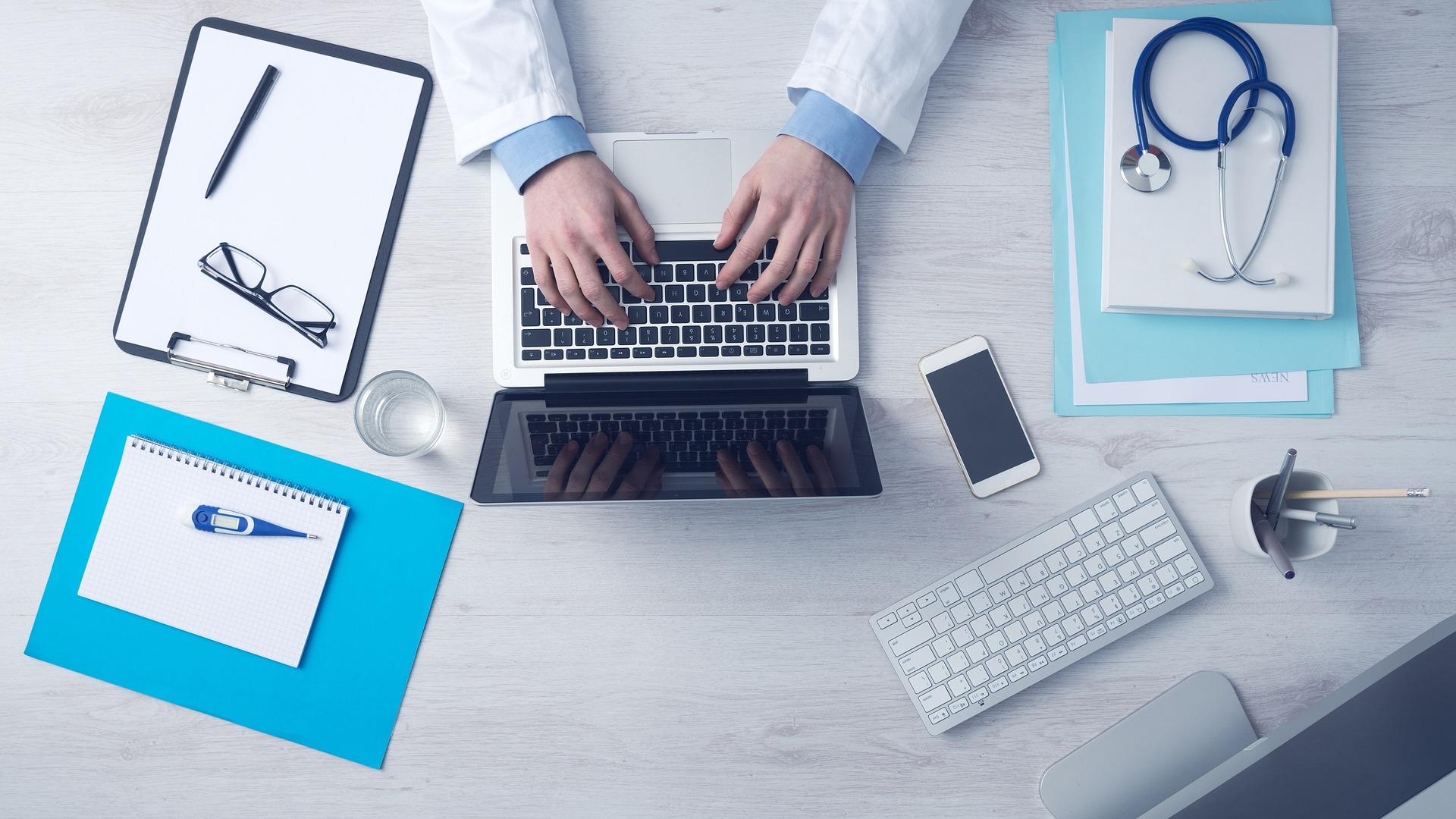
This is a bit of reassurance rather than a reason to build a medical-related app, but it’s important to know that safety, security and privacy should not be viewed as obstacles but rather good design practices. It is important to partner with companies that understand these things, but it isn’t something to fear. The FDA’s guidelines and standards like IEC 62304 would apply to apps that configure and control medical devices. Similarly, the Health Insurance Portability and Accountability Act (HIPAA) is important to consider when the app captures health data. All app builders, whether in the medical industry or not, must consider the security of the Personally Identifiable Information (PII) because of the liability which accompanies its storage. With proper education, risk assessment and engineering considerations, these acronyms will make your app even better and limit your exposure while reaping the many rewards that come with building an app for your medical device.
DornerWorks is here to help you build your electromedical device and app with confidence. Contact us for a free consultation and let’s get you on the road to success.